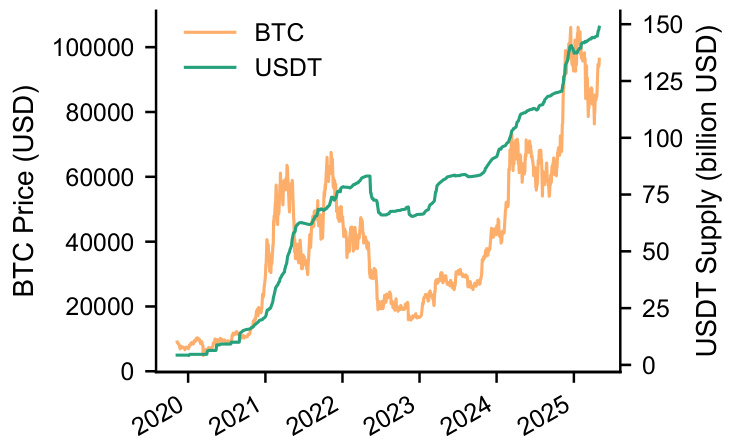|
|
Okay, so I need to figure out what SatLayer is. Let me start by breaking down the term. "Sat" probably stands for satellite, and "Layer" could refer to a layer in a network or system. Maybe it's a layer related to satellite communications?
I remember that in networking, layers are hierarchical structures like the OSI model or the TCP/IP model. Each layer has a specific function. Could SatLayer be a specific layer within such a model that deals with satellite communication protocols?
Alternatively, SatLayer might be a software layer or a module in a satellite system. Maybe it's part of a satellite's communication stack, handling data transmission, error correction, or signal processing. I should check if there are any known projects or standards using the term SatLayer.
Wait, I think there's a project called SatLayer by the European Space Agency (ESA). Let me recall. Yes, ESA has been involved in developing open-source software for satellite communications. SatLayer is part of their efforts to standardize and simplify satellite communication systems.
So, SatLayer probably provides a standardized interface for satellite communication hardware and software. It might abstract the complexities of different satellite systems, allowing developers to create applications without worrying about the underlying hardware details. This would make it easier to integrate various components and test different scenarios.
What features would SatLayer include? Maybe it handles protocol stack management, data encapsulation, error detection and correction, and interoperability between different satellite systems. It might support various modulation techniques, like QPSK or QAM, and different orbital configurations.
I should also consider if SatLayer is used in specific applications, like satellite internet services (Starlink, OneWeb), weather satellites, or scientific missions. It's likely applicable across various domains where satellite communication is essential.
Are there any challenges associated with SatLayer?卫星通信通常涉及长距离传输、高延迟、信号衰减等问题, so the layer must address these issues. Maybe it includes mechanisms for signal synchronization, adaptive coding, and retransmission protocols.
I should also think about how SatLayer interacts with other layers. If it's part of a network stack, it might sit between the physical layer (handling the actual radio transmission) and higher layers like the data link or network layer. It would convert data packets into a format suitable for satellite transmission and vice versa.
In summary, SatLayer is a standardized software layer for satellite communications, providing a unified interface to simplify development and integration. It handles protocol-specific details, ensuring interoperability and adaptability across different satellite systems and applications.
SatLayer is a standardized software layer developed to simplify the design and integration of satellite communication systems. Here's a structured overview:
Purpose and Functionality
Standardization: Provides a unified interface for satellite communication hardware and software, abstracting hardware complexities.
Interoperability: Ensures compatibility across diverse satellite systems (e.g., geostationary, low Earth orbit) and applications (e.g., satellite internet, weather monitoring).
Key Features
Protocol Stack Management:
Handles satellite-specific protocols, including data encapsulation and protocol conversion between satellite and terrestrial networks.
Signal Processing:
Supports modulation/demodulation (e.g., QPSK, QAM) and error correction (e.g., Reed-Solomon, LDPC) to address signal challenges like attenuation and noise.
Adaptive Mechanisms:
Implements dynamic adjustments for bandwidth, coding schemes, and retransmission protocols to handle signal degradation and latency.
Orbital and Antenna Integration:

Manages orbital configurations and antenna pointing, ensuring seamless communication between satellites and ground stations.
Technical Stack
Physical Layer: Interfaces with radio hardware for raw signal transmission/reception.
Data Link Layer: Manages frame synchronization, error detection, and flow control.
Network Layer: Facilitates end-to-end connectivity and routing across satellite constellations.
Applications
Satellite Internet: Services like Starlink and OneWeb rely on SatLayer for consistent data delivery.
Scientific Missions: Enables real-time data transmission from Earth observation satellites.
Emergency Communications: Supports critical infrastructure during disasters.
Challenges Addressed
Long-Distance Transmission: Mitigates signal loss and latency via adaptive coding and retransmission.
Diverse Hardware: Simplifies integration with varied satellite modems and ground stations.
Development Context
Open-Source: Developed by the European Space Agency (ESA) and community contributions, promoting transparency and collaboration.
Testing Tools: Includes simulation environments for validating protocols under realistic conditions.
Example Use Case
A developer building a weather monitoring app would use SatLayer to send/receive data from a meteorological satellite without needing to handle low-level RF or orbital mechanics details.
SatLayer is pivotal in democratizing satellite communication, enabling cost-effective and scalable solutions across industries.
|
|